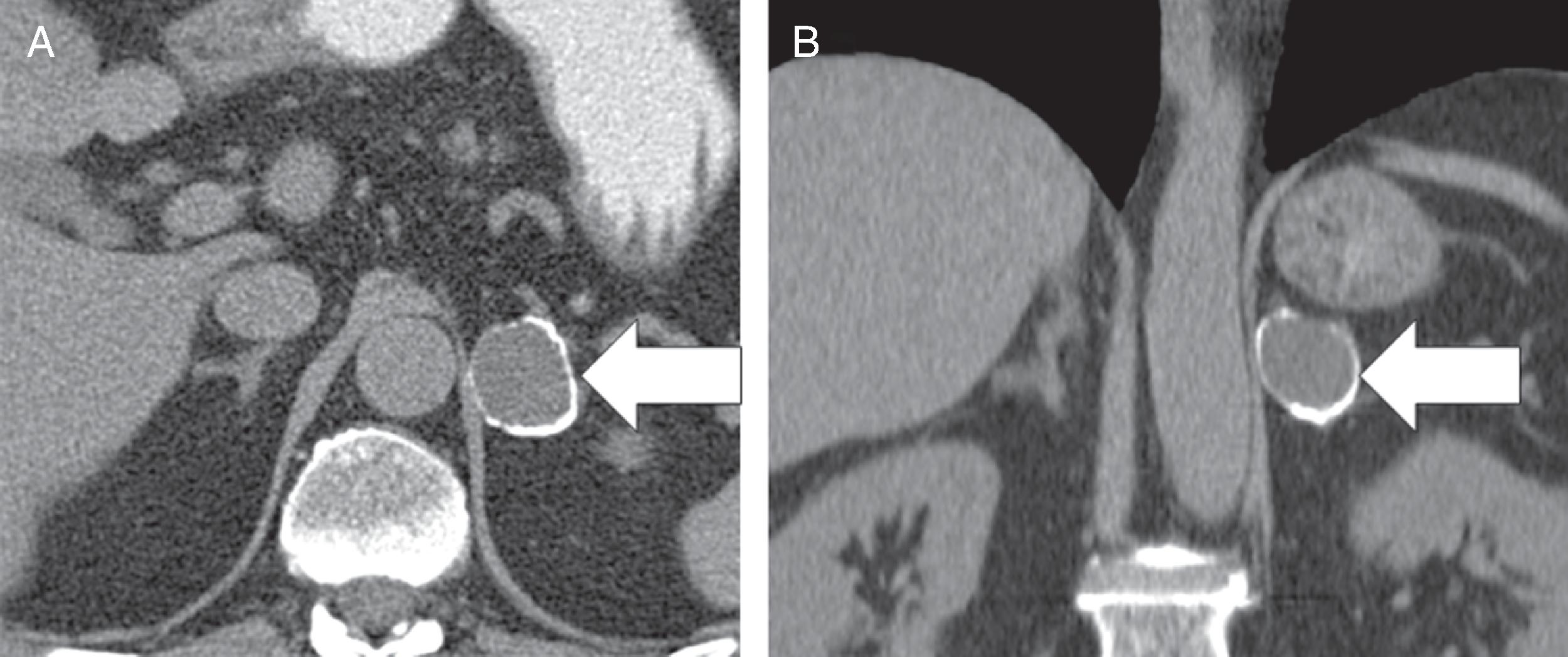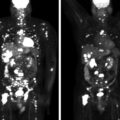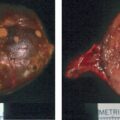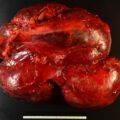You will not find much written about “adrenal stones.” Although minor calcific deposits in adrenal masses are not unusual, full eggshell and complete calcification of an adrenal mass is rare. The adrenal stone is usually the result of calcification of an old adrenal hemorrhage. It can appear as a full eggshell calcium distribution or complete calcification. Herein we share some examples.
Case Report: Thin Eggshell Calcification
This 62-year-old man had a history of blunt abdominal trauma at the time of a motor vehicle accident 36 years ago. He had no signs or symptoms of adrenal hypo- or hyperfunction. A recent abdominal computed tomography (CT) detected a thin-walled eggshell calcification of a 3.1 cm × 2.8–cm low-attenuation mass arising from the left adrenal gland ( Fig. 70.1 ). The thin rim calcification was unchanged in size and appearance from a CT scan performed 2 years previously. We suspected that the mass was most likely an old hematoma or perhaps secondary to prior infection. No further evaluation or follow-up was recommended.

Case Report: Thick Eggshell Calcification
This 53-year-old woman had incidentally discovered to have a 3.2-cm peripherally thickly calcified mass lesion of the left adrenal gland ( Fig. 70.2 ). She had no signs or symptoms of adrenal hypo- or hyperfunction. The differential diagnostic considerations included an adrenal cyst complicated by previous infection or hemorrhage, old adrenal hematoma, or previous hemorrhage in a mass lesion. Imaging 12 years later performed for other reasons showed that the left adrenal mass was unchanged in size and character.











